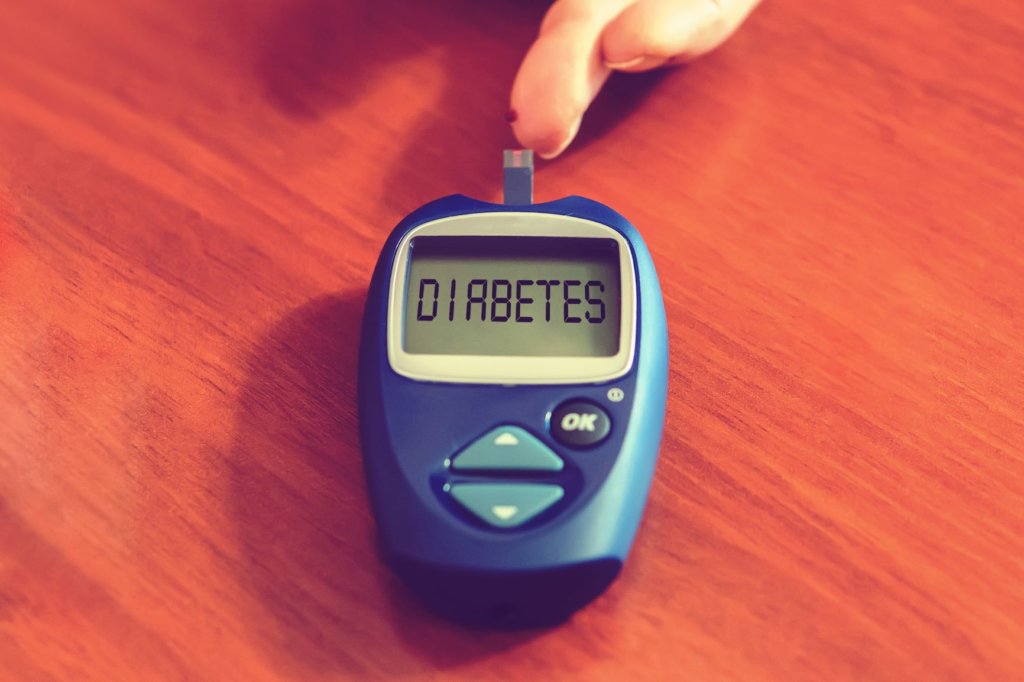Delayed diagnosis, reliance on traditional and unproven medical techniques, and a serious lack of chronic disease management skills are causing India and several other South Asian countries to stay behind in diabetes treatment, according to a new study.
In the latest edition of the popular medical journal, The Lancet Diabetes & Endocrinology, a group of seven doctors from India, Australia, and Britain said that with updated and improved diabetes management skills along with improvement in doctors’ skill, diabetes could be easily tackled in the region.
The doctors wrote in the journal that preventing type 2 diabetes in South Asia is possible through “a combination of lifestyle changes and long-term health care management.” The study also delves into the serious challenges relating to diabetes care that many people in the region face due to inadequate resources. The doctors also focused on the effective primary prevention strategies that are urgently needed to counter risk factors and behaviors during pre-conception, in utero, in infancy, and during childhood and adolescence.
According to the doctors, South Asian countries like Bangladesh, Bhutan, India, Nepal, Pakistan, and Sri Lanka need to focus more on education, training, and capacity building at the community level to ensure widespread use of non-physician care including community health workers. “Major investment from governments and other sources will be essential to achieve substantial improvements in the prevention and management of type 2 diabetes in the region,” the doctors wrote.
Prof. Anoop Mishra, Director, Fortis Center for Diabetes, Obesity and Cholesterol, New Delhi and one of the authors of the study said, “Prevention and treatment of diabetes needs to be far more aggressive than it is now. Many patients are likely to develop complications only because of poor management.”
Mishra told the Indian newspaper Telegraph that culturally appropriate lifestyle modification can help prevent and manage diabetes, especially in resource-poor settings of South Asian countries.
Citing data from a study of diabetes patients in the National Capital Region of India, the study said that only 8% of people among a sample of 408 diabetes patients got a detailed eye examination and about 15% had received a foot examination in the last 12 months. “Periodic eye and foot examinations are crucial in detecting early signs of complications of diabetes. The stark difference in numbers portray the contradictory scenarios with high income countries, where almost 90% patients receive the required eye and foot examinations,” the study said.
Another major obstacle in the treatment of diabetes in India and South Asia is the blind faith in traditional medical practices like Ayurveda, Yoga, Unani, Siddha, and Homoeopathy which have not proven to be completely effective in dealing with diabetes, the newspaper wrote quoting the study.
“The problem magnifies mainly when we prescribe insulin to patients who need it,” the newspaper quoted Satinath Mukhopadhyay, a diabetologist at the Institute of Postgraduate Medical Education and Research, Calcutta as saying. “The fear of needles forces some of them to (take recourse to) alternative systems of medicines, and (their) blood sugar (level) goes for a toss.”
Between 67-76% of diabetes patients are tempted to take alternative medication at some point, the publication said quoting earlier studies.
